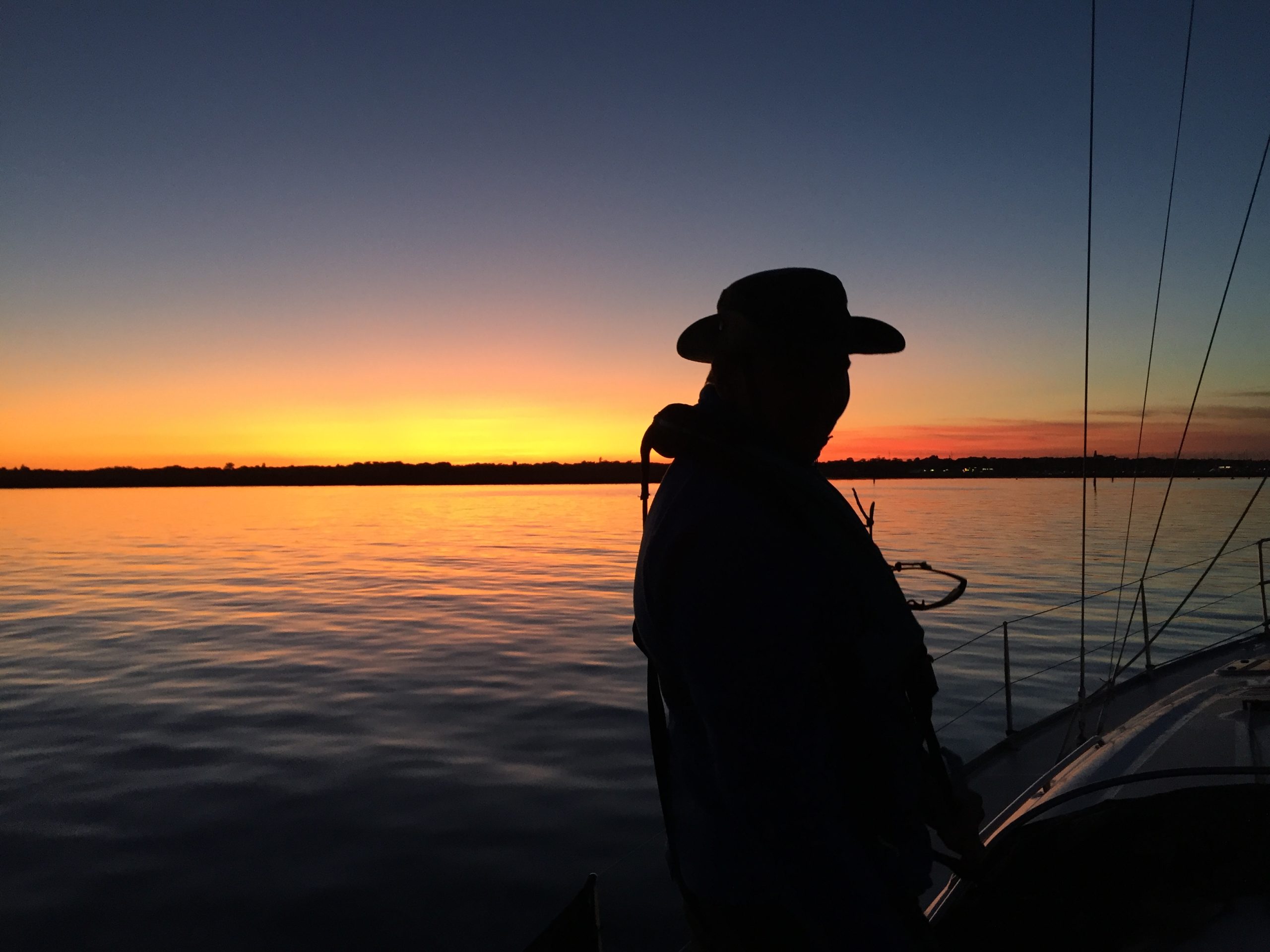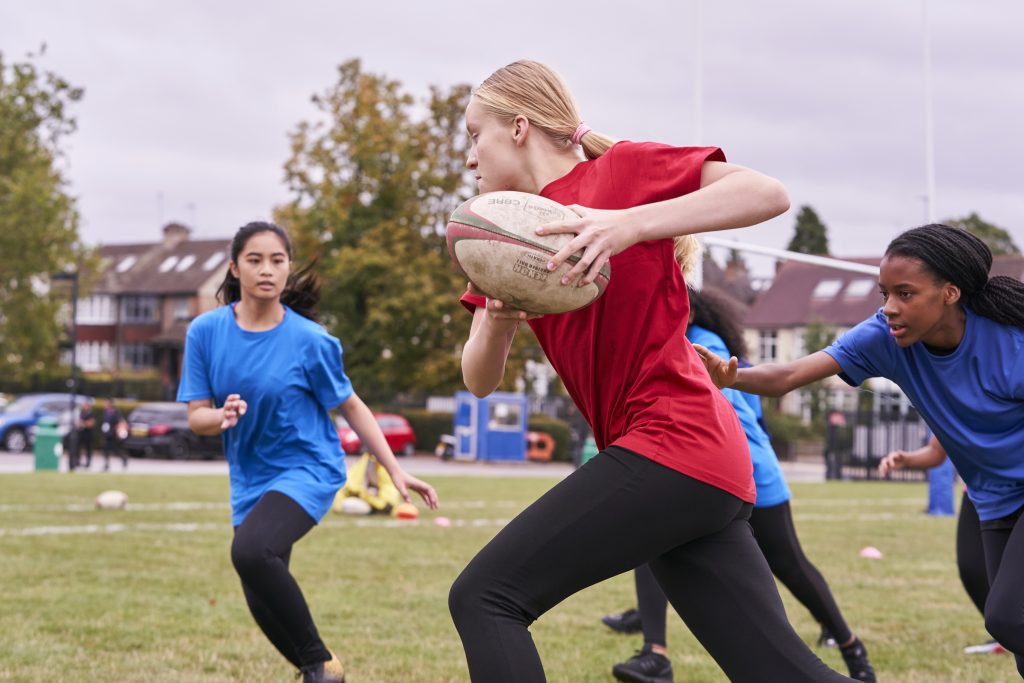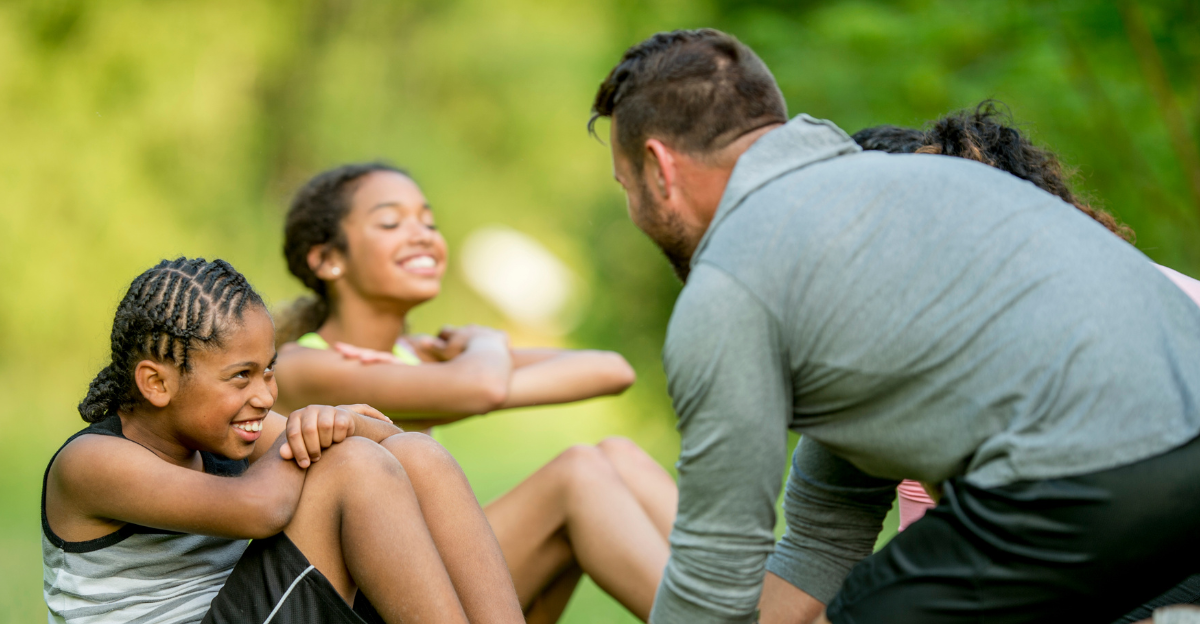
Women in Sport: What did your father say to you when you were young?
Pioneering female sailor Mandie Cran reflects on her experience as a young girl who dreamt of a career in a male-dominated sport.
Published
2023 was a stellar year for women’s sport at the elite level…
The brilliant Vitality Roses went head-to-head with Australia in a spectacular semi-final, the first England Netball team to reach that stage of a World Cup.
England’s hockey players were finally allowed to wear shorts during matches thanks to tireless campaigning by one of their stars Tess Howard.
The incredible Lionesses became the first England football team to make it to a World Cup final since 1966. History changed forever.
These defining moments must encourage more girls to take up sport, right?
Well, it’s not that simple.
Our research shows that girls (and boys alike) have been deeply inspired by the elite women’s sport they have seen in the past year, namely the 2023 FIFA Women’s World Cup.
91% of girls who watched the Lionesses compete in last year’s World Cup said it made them feel proud. 82% of boys agreed.
As a result, almost 6 in 10 of girls who watched felt inspired to play more sport and be more active.
Then came the news that the number of women and girls’ football clubs has doubled in the past seven years, with 1,500 new teams being registered after the Lionesses’ outstanding 2022 Euros performance.
Seeing women at the top of their game is undoubtedly having a major impact on younger generations of girls, but is it enough?
Women in Sport (2023)
Women in Sport (2023)
Despite the fantastic strides women’s sport has taken, it remains that only 29% of girls dream of reaching the top in sport, compared to 52% of boys.
Over 8 in 10 girls still believe that women’s sport is not taken as seriously as men’s, and of the least active girls, fewer than 2 in 10 felt inspired by the football World Cup.
And who can blame them, when Spain’s World Cup victory was overshadowed by their federation President kissing one of the players non-consensually. Over 7 in 10 girls told us that the kiss opened their eyes to how women are treated in sport.
So as well as leaving the summer of sport behind eager to get involved themselves, girls also left knowing the bitter reality of what it’s like to be a woman in sport.

When girls tell us about the hurdles they face in sport, the same things come up again and again, across all ages.
In fact, the main barriers girls listed have not changed since December 2020 when we first carried out our Dream Deficit research:
Women in Sport (2023)
Women in Sport (2023)

Pioneering female sailor Mandie Cran reflects on her experience as a young girl who dreamt of a career in a male-dominated sport.

With high-profile sportsmen Ugo Monye, Andy Murray and Siya Kolisi voicing their support for women's sport, we reflect on why male allyship is essential to change the game.